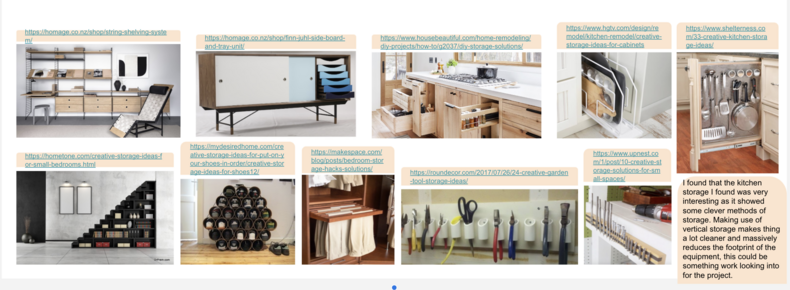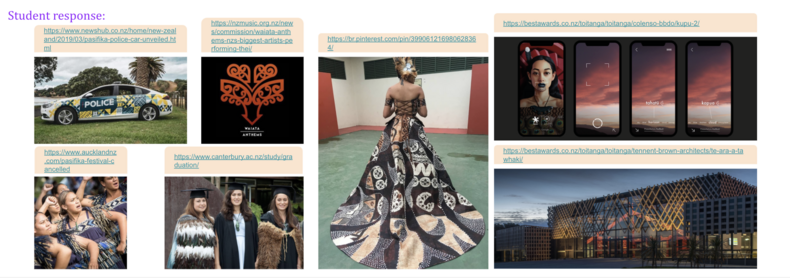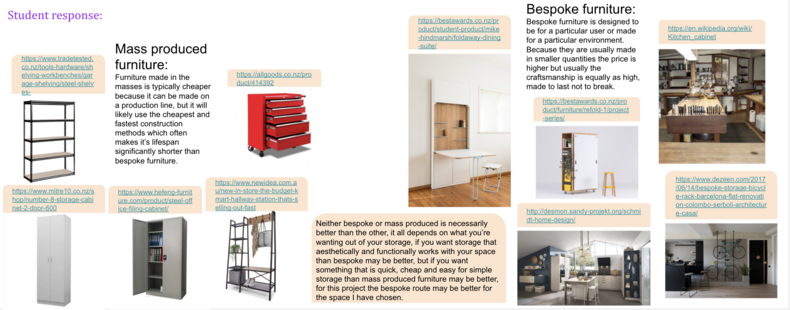- Computer/device with internet
- Digital portfolio/workbook
1
Unpacking the Brief
1
Unpacking the Brief
2
Design Properties
3
Exisiting Product Evaluation
4
Hunt and Gather
5
Ideation
6
User + Object Considerations
7
Environmental Considerations
8
Developed Ideas
9
Functional Modelling
10
Construction Research & Testing
11
Working Drawings
12
Technical Drawings
13
Production Flowchart
14
Final Evaluation
In this lessons you will hunt and gather some inspiration to help stimulate design ideas. This part is fun - you get to dive into your own creative heritage and personal aesthetic along with finding crazy outcomes made by other people. Don't rush it - spend the time casting the net wide otherwise there's no point!
Equipment
Guiding questions
Think about these questions as you work your way through the lesson:
Lesson content
Now it’s time to hunt and gather inspiration to challenge your thinking and expand your mind. We are suggesting three areas to focus on - BUT - the key to this stage is to collate as much ‘relevant goodness’ as possible. Anything that aligns and resonates with your project and your own thinking/aesthetic. So by all means, deviate from the list below!
This stage is all about finding interesting 'stuff'. Try not to consciously filter too much; just keep it simple. If you like it, gather it.
Once you have a diverse range of imagery, of both storage examples and your own personal design style, you will be ready to 'unpack' what you have gathered and then come up with some of your own ideas.
Instructions
Find examples of weird and wonderful storage using every possible material/shape/form. Evaluate each image in relation to what you could steal + what you should avoid. No two examples should look alike - you need to spend TIME selecting things that appeal to YOU.
Aim for a range of:
If working digitally, paste your images into your portfolio and add the URL. If you're working by hand, you may want to do your hunting and gathering as an A3 Google Doc. If you're working by hand, don't forget to note where your images have come from.

Hollie's weird + wonderful examples
What does it mean to be a designer from Aotearoa? How does being an Island Nation influence our design ideas and outcomes? What do YOU think expresses Pasifika Style, and how does this connect to your own culture?
Use the following prompts to help you gather examples of what ‘Pasifika style' looks like:

Hollie's Pasifika style examples
What are the major differences between something that is designed for general purpose VS something that is for a custom job? Find at least 5 examples of storage solutions that are ‘mass-produced’ and 5 which are ‘bespoke’.
Compare and contrast your examples and add general notes.
Consider:
Summarise (in your opinion) what the MAIN differences between something that is mass-produced (shelving from Bunnings) and something that is bespoke (custom made to suit a specific person/environment).

Hollie's mass produced VS bespoke examples